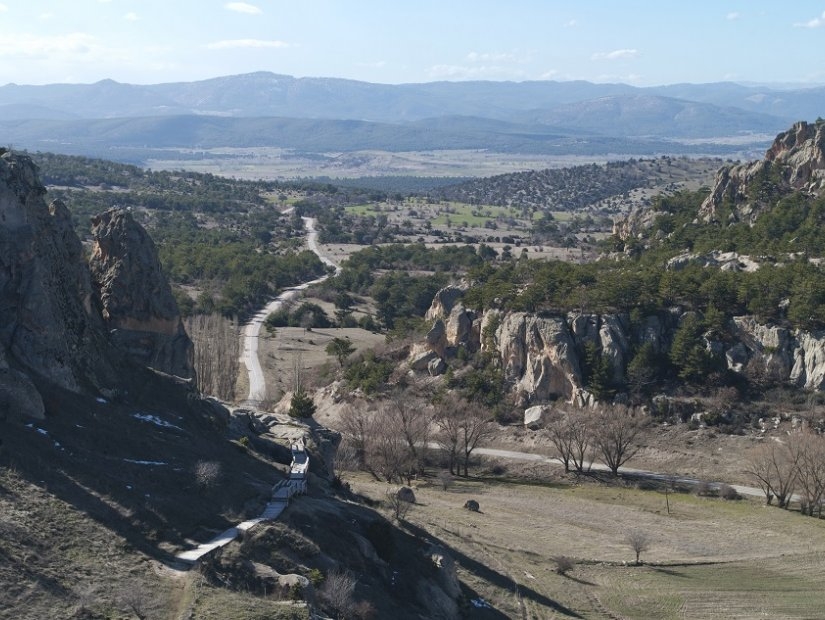Blog
Phrygia Valley
Phrygia Valley
Phrygia Valley
The Phrygian Valley, which spans four provinces, is the historic homeland of the Phrygian people, who left their mark on history and stone. Today, you can read about them in the works of Homer and Herodotus, the literary and historical fathers, or visit the ruins of their great cities, temples, and monumental tombs carved into the soft volcanic rock of Western Turkey.
The Phrygians are an ancient people about whom we know surprisingly little. After the collapse of the Hittite Empire around 1200 BC, they rose to prominence in the power vacuum, and by 700 BC, Phrygia had established itself as an important center of art and culture.
The Phrygian Valley is a vague word used to characterize the Phrygian kingdom's historic core. The Phrygians spread far beyond this area, leaving remnants of their art and culture to Turkey's east border.
The Phrygian homeland is kept dry and prone to severe weather fluctuations by mountains to the north, south, and west. Summers are hot, and winters are chilly. The area is mostly mountainous, with large mounds of soft volcanic rock and dusty soil, two features that the Phrygians took use of while farming the valleys and carving dwellings, temples, and tombs into the soft stone.
The natural rock formations of the Phrygian Valley's southwestern section are incredibly beautiful and are regarded as a second Cappadocia. Some of these spires and sheer rock walls were utilized by the Phrygians to build one of their most famous monument types, the inscribed façade.
The Phrygian Valley covers a large region, with some sites of interest almost 200 kilometers apart. Some sites are small attractions, while others are big attractions with their museums and attractions. There is much to visit and discover, so be sure that you’ve got enough time to see all the wonders.


